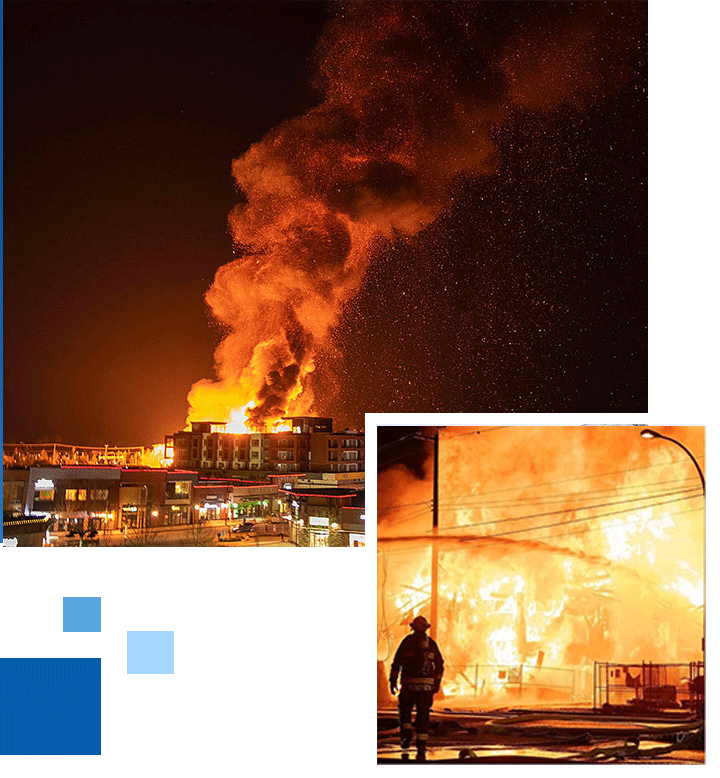Steel
Safety and Sustainability
Steel is a cornerstone of modern construction, known for its unmatched strength and durability. For over 150 years, it has been a preferred material in North American markets, offering sustainable benefits such as high recyclability, non-combustibility, and resistance to pests, moisture, and decay.
Builders, architects, and engineers appreciate steel’s ability to support creative designs while ensuring long-lasting performance. Its environmental advantages and exceptional reliability make it an indispensable choice for all types of projects.
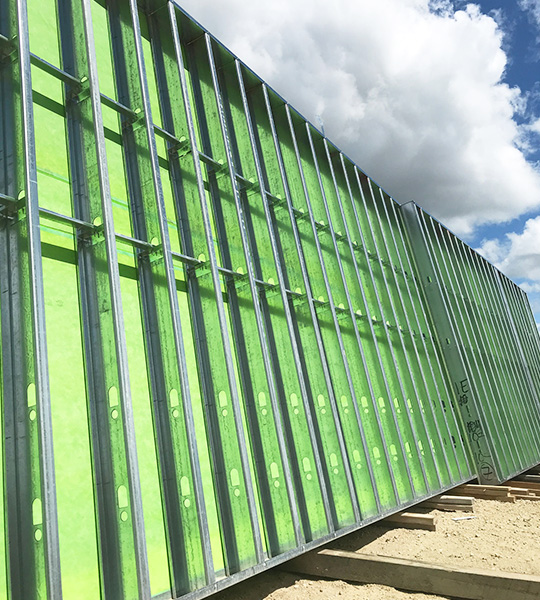
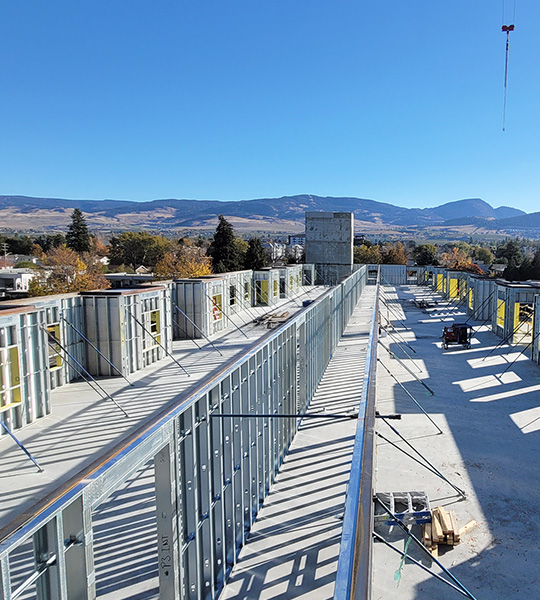
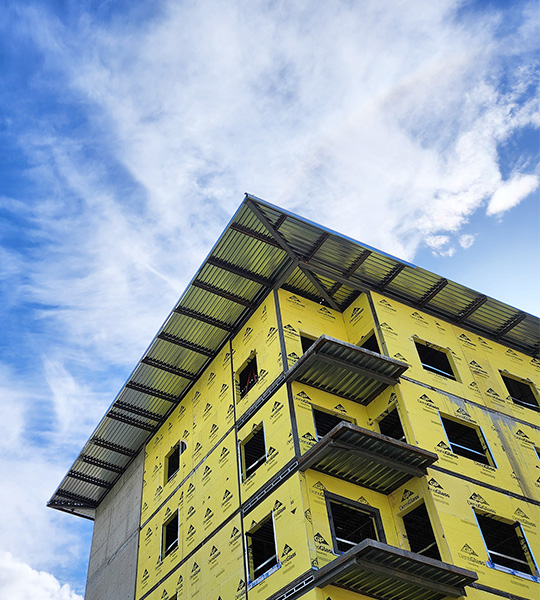
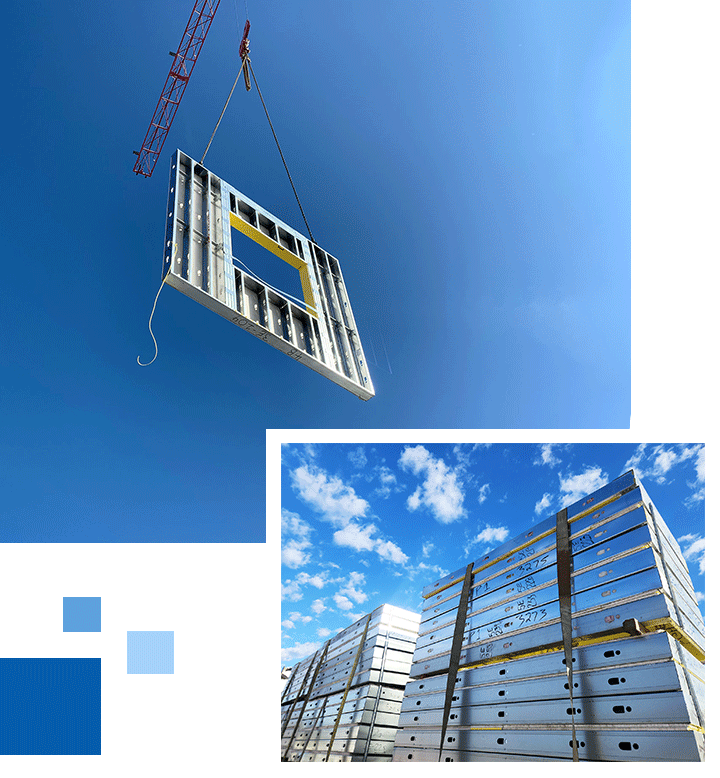
The best material for load-bearing systems
Light-weight Building Systems Inc. uses load bearing steel stud framing materials that are carefully proportioned to maximize structural capacity and efficiency. Our manufacturing uses framing members that are supplied cut to length and that adhere to precise dimension requirements.
Strength and Precision
Our Steel
Non-Combustible
Steel maintains its fire-resistant properties throughout the building’s entire lifecycle—from construction to occupation, renovation, and repair.
Sustainable
Steel is 100% recyclable. Incorporating steel components can also contribute to earning LEED points for building owners pursuing certification under LEED Canada NC 2009.
Water Resistant
Steel stud framing resists corrosion and moisture, ensuring long-term durability while eliminating common issues like warped walls, nail-pops, and squeaky floors.
Mold & Insect Resistant
Indoor air quality is recognized as a major environmental concern today. Steel stud framing, as an inert material, does not emit harmful chemicals and actively resists the growth of mold, mildew, and bacteria.
Insurance Saving With Cold-formed Steel
Non-combustible structures, such as those built with cold-formed steel, have demonstrated superior loss histories and are often regarded by insurance underwriters as lower-risk options. This perception can result in reduced premiums and broader coverage compared to combustible wood framing.
As the construction industry continues to grow, demand for insurance coverage is escalating, leading to tighter underwriting capacity. This trend is prompting developers and property owners to reevaluate their material choices. Many are beginning to see insurance not just as a safeguard against loss, but as a strategic tool for maximizing return on investment.
Forward-thinking insurance providers recognize steel framing as a non-combustible, superior construction material that aligns with modern risk management and sustainability goals.
🔥 These images show a fire that occurred in Langley, BC, in 2021, which completely destroyed a wood-frame condominium that was still under construction. At LBS, we prioritize safety by using steel stud systems and non-combustible design strategies to reduce fire risks and protect long-term investments.
